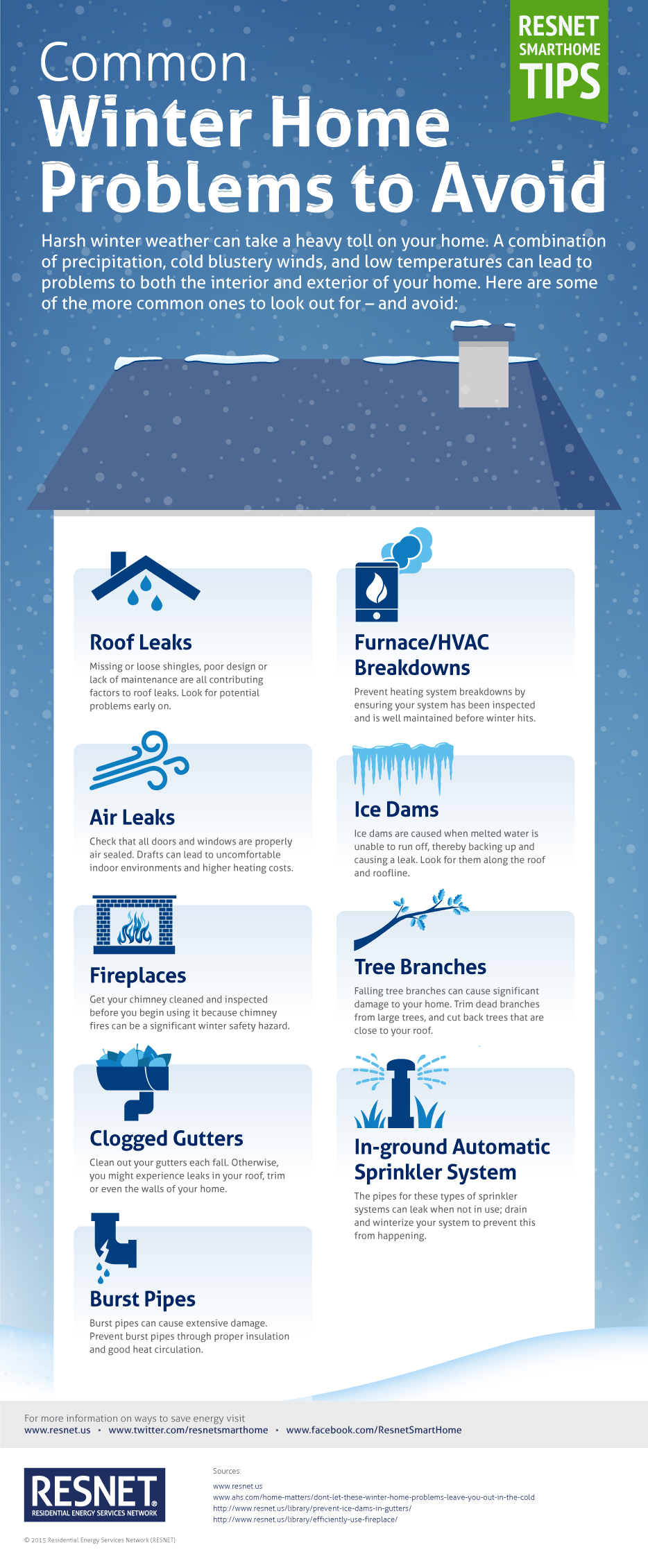Usual Risks In Roof Installation And Ways To Avoid Them
Usual Risks In Roof Installation And Ways To Avoid Them
Blog Article
Short Article Created By-Adamsen Randrup
When you're intending a roofing setup, it's very easy to forget critical details that can cause substantial problems down the line. You might be tempted to cut edges on product selection or avoid correct blinking installment, but these usual blunders can cause costly repairs later on. Comprehending the importance of air flow and adhering to local building codes is necessary for a successful task. So, what are the vital actions you should require to ensure your roof covering stands the test of time? Allow's discover some reliable strategies to avoid these risks.
Poor Material Selection
When it concerns roof installation, picking the incorrect products can lead to pricey troubles down the line. You may believe that any type of roof covering product will certainly do, yet that's an usual misconception. It's essential to choose products that match your regional climate and the details demands of your home.
For example, if you live in a location with heavy rain or snow, choosing asphalt tiles may not be the very best selection. Rather, think about even more long lasting alternatives like metal or slate.
Furthermore, focus on the quality of the products you're taking into consideration. Affordable materials might save you cash upfront, but they often do not have long life and can cause frequent fixings or replacements.
You must also think about the design of your home and make certain the materials you choose will certainly maintain its visual appeal.
Lastly, don't neglect to speak with specialists. They can supply useful insights and suggest products that follow neighborhood building ordinance.
Spending time in appropriate product choice currently can help you prevent frustrations and costs in the future, making your roof task a success.
Inadequate Flashing Setup
Picking the right products isn't the only element that can lead to roof covering problems; poor flashing installment can likewise create considerable issues. Flashing is essential for directing water far from at risk locations, such as smokeshafts, skylights, and roof valleys. If it's not installed effectively, you risk water breach, which can cause mold development and structural damages.
When you set up flashing, ensure it's the best type for your roofing system's style and the local environment. For example, metal flashing is often much more long lasting than plastic in areas with hefty rain or snow. Ensure linked internet site blinking overlaps properly and is protected snugly to prevent spaces where water can seep through.
You need to also take note of the installation angle. Blinking should be placed to guide water far from the house, not towards it.
If you're not sure concerning the installation process or the products required, seek advice from an expert. They can help identify the best blinking alternatives and guarantee every little thing is installed properly, safeguarding your home from prospective water damage.
Taking Find Out More can save you time, cash, and headaches down the road.
Neglecting Air Flow Requirements
While numerous home owners concentrate on the visual and architectural elements of roofing installment, disregarding ventilation requirements can lead to severe long-lasting consequences. Appropriate ventilation is important for regulating temperature and moisture degrees in your attic room, stopping problems like mold and mildew growth, wood rot, and ice dams. If you don't mount appropriate air flow, you're setting your roof up for failing.
To avoid this mistake, first, examine your home's specific air flow requirements. A balanced system usually consists of both consumption and exhaust vents to promote airflow. Guarantee you've mounted soffit vents along the eaves and ridge vents at the optimal of your roofing system. This combination permits hot air to run away while cooler air enters, maintaining your attic room comfy.
Also, consider the sort of roofing material you have actually picked. Some products might call for extra air flow strategies. Double-check your local building regulations for ventilation standards, as they can differ significantly.
Lastly, don't neglect to check your air flow system routinely. Clogs from debris or insulation can impede air movement, so maintain those vents clear.
Conclusion
In conclusion, preventing common roofing installation errors is key to ensuring your roof covering's long life and efficiency. By selecting the appropriate materials for your environment, setting up flashing correctly, and resolving air flow requirements, you can stop pricey problems in the future. Don't forget to acquaint on your own with local building ordinance and schedule regular inspections. With these steps, you'll delight in a safe, long lasting roof covering that shields your home for several years to come. Satisfied roof covering!
